The content of the article
Lavender - these are flowers of amazing beauty. The tenderness of their lilac charm leaves no one indifferent. However, not everyone knows how valuable this flower is as a medicinal plant - its composition, properties and effects on the human body are incredible. Knowledge of the beneficial qualities and contraindications of lavender can be of great benefit to a person.
How it looks and where lavender grows
The appearance of lavender is very specific - on a thin high stalk is a scattering of small delicate inflorescences. The color of tiny petals can have different shades from light lilac to rich lilac-purple hues.Today, the world is aware of 47 different species of this flower. Of course, their main difference lies in the hues of the petals and in the size of the inflorescences.
In nature, lavender prefers to grow closer to the mountains, on elevated plateaus and plains distant from man. The first flowers found in such countries and parts of the world as Africa, Australia, India, Arabia, southern Europe and the Canary Islands. Today, lavender is grown in almost the entire civilized world.
The standard height of the flower varies between 53-60 cm. However, there have been isolated instances of the discovery of plants growing up to two meters, most likely because of the volcanic soil rich in microelements. Lavender is a very tenacious and unpretentious plant and extremely rich in all sorts of trace elements and vitamins.
Scope of Lavender
Healers and herbalists of all times also actively use lavender for medicinal purposes. With knowledge, benefits can be gained from the whole plant — roots, stalks, inflorescences, and seeds. Healers of traditional medicine add a flower to many collections, in addition, from lavender they prepare an ointment against burns and healing infusions. But this is not all - the plant in former times was used for ... washing and washing! Its name itself comes from the root "lava" which means washing, foaming ...
Today, lavender is actively used both in the pharmaceutical industry and in cosmetic industries. Virtually every developed country grows whole plantations of these beautiful flowers. Extracts and plant extracts are part of many drugs of therapeutic and prophylactic action, as well as being added to the best shampoos, creams, soaps and perfumes ...
The chemical composition of lavender
Lavender - an evergreen plant of the family Cluster. The chemical composition of this flower is without exaggeration unique,The main reason for this is as experts are inclined to believe - the environment of natural plant growth - plains and steppes near the mountains, where the almost untouched nature and the soil is rich in trace elements. An exceptional feature of the flower is the content of essential oils in all parts of the plant:
- In the inflorescences about 1%.
- In leaves 0,38-0,40%.
- In the stalks of 0.20%.
- In the rhizomes 0.09%.
The composition of lavender essential oil includes such rare and important elements as I-linaloic alcohol, hexynylbutiol, nerol, amyl alcohol, citral and lavenandulol, cyneol, a-zipen, camphene, a-felllandrene, bisabolene, zedren, a- and b-karyofillen . In addition, the essential oil of the plant contains in its composition a number of rare acids: acetic, butyric, valeric and rare kapron. But this is not all - lavender essential oil is rich in cinnamon and valerian aldehydes, which so beneficially affect the central nervous system.
The petals of lavender inflorescences contain herniarin, coumarin, and also ursulic acid. Only 100 grams. Lavender contains 287 IU of pure vitamin A, as well as 215-220 mg of natural, easily digestible calcium and 2 mg of iron. Due to the similar saturation of the plant with microelements and vitamins, lavender should be prescribed and applied extremely carefully, in small doses,because an overdose of any substance, as is known, often leads to sad consequences.
What ailments helps lavender
First of all, lavender essential oil and flowers of the plant are used for problems with sleep, as well as to relieve depression. Drugs and lavender-based drugs make the human body produce hormones, including endorphins, known as the hormone of happiness.
In addition, it is proved that lavender has a beneficial effect on the human digestive tract - it eliminates the feeling of nausea, reduces flatulence in the intestines and prevents diarrhea, relieves colic, both in the stomach and throughout the digestive tract. It is not surprising that products based on this plant are recommended for peptic ulcer, some gastritis, and over-active intestinal motility.
Lavender-based ointments, washing with infusion and lotions have a very positive effect if you have skin problems:
- Psoriasis.
- Eczema.
- Acne.
- Irritation from insect bites.
- Allergy.
- Burns
- Dermatitis.
When fighting for a healthy and clean skin, lavender essential oil is also used. Do not apply clean oil to the entire wound - doctors and doctors recommend to put a little oil on the gauze bandage and wait a minute until it is absorbed through the fibers, apply it to the problem area of the skin.
Decoctions and infusions of lavender, as well as shampoos and masks based on the essential oil of the plant have an incredible effect on the condition of the hair. Regular rubbing of balms or oils with the addition of lavender ether in a massage method (light massaging movements) stimulates the awakening and healing of hair follicles, which improves hair growth. Lavender-based products are successfully used for autoimmune diseases (alopecia) that cause focal lesions and hair loss.
And finally, the direct tonic, regenerating effect of ointments, lotions, oils and creams, which include lavender, is recommended by the sports association as a natural painkiller after exercise. Massaging with a massage of products based on this plant relieves pain and spasms not only after active training, but also accompanying rheumatism, diseases of the joints,sprains and postoperative syndromes (pain).
Why is lavender considered so unique and useful?
The composition of this delightful flower, as mentioned above, is incredibly rich and includes quite rare trace elements, acids, etc. But the question is, what effect have on our human body, each of these components has not had an answer until recently. Fortunately, with the development of progress, scientists were able to investigate the plant and explain the reason for its so beneficial influence.
- Valerian acid is widely used in modern pharmacology. Included in such drugs as validol, sleeping pills, bromoral and many painkillers.
- Ursulic acid - dissolves fatty deposits, helps to cleanse veins from plaques, reduces the level of sugar (glucose) in the blood, lowers the percentage of cholesterol and triglycerides in the body. The beneficial effects of using this acid in the presence of muscle atrophy have also been proven.
- Kapron acid has anti-inflammatory and hemostatic effect.
- Zineol is the strongest natural, natural antiseptic, and its use has an expectorant effect.
- Tannin, borneol, garaniol - have slightly different, but anti-toxic effects. These substances are part of some antidotes. In addition, tannin is known for its antidiarrheal effect (strengthens the stool).
- Nerol - promotes fast, easy and effective penetration of substances through the skin and intercellular membranes.
- Amyl alcohol contributes to the formation of esters and compounds that would be impossible without his participation in the synthesis.
- Citral is known to scientists for its reactionary effect, to put it simply, the formula of a substance is such that it interacts with almost all media and other substances (this stimulates the best, more powerful effect of all other components).
Contraindications to the use of lavender
The plant has no obvious contraindications, but it should be remembered that it is unique in terms of the amount of active substances in its composition. And any overdose without a doubt has a side effect.It may be dizziness, nausea, weakness, sweating, cramps or chills, poisoning, heart palpitations, or feeling cold. Therefore, you should not be guided by the principle the more the more effective, strictly follow the dosage. In addition, no one can exclude the possible likelihood of an allergic reaction (individual intolerance of certain components).
How to apply lavender at home
From the various parts of the plant make decoctions, tea, tinctures and tinctures, ointments and oil balms. In principle, there is nothing difficult in the processing technology of the plant. The only thing, we strongly recommend that before using any means of traditional medicine, be examined and consulted by your attending physician.
- The most common use of plants - tea and infusions of lavender. Both are prepared quickly and easily. Boil water and prepare a kettle or a thermos. The dishes should be either made of clay (porcelain, earthenware, etc.) or made of glass; iron and plastic should not be used.For tea, take a teaspoon of your usual tea leaves and a teaspoon of lavender blossoms for 2-3 cups of boiling water, let it stand for 8-10 minutes and you can drink it, preferably with honey or dates.
- For the infusion they take more lavender, at the rate of two teaspoons of grass and flowers per glass, insist, covering (not clogging!) Two hours, then drinking half a cup, or used for washing the affected tissues. Tea has a sedative, sedative effect, and the infusion is stronger and has expectorant, bactericidal and regenerating (wound-healing) effects. In addition, receiving infusion of two tablespoons every morning reduces intracranial pressure.
- Rinsing with warm water, to which either natural lavender oil or lavender decoction is added, is recommended when there is: a bronchospasm, a rash, sore throat.
- For neurasthenia, hysteria, insomnia, sluggish current infectious (chronic including) diseases, sharp pains in the head, as well as for asthma and bronchitis, healers recommend drinking lavender decoction. Prepare it as follows: In a bowl (again, not iron or plastic!) Pour a liter of hot clean water,add 50 grams of crushed dried plants (flowers, stems, rhizomes), put on a slow fire and warm up, bringing to the verge of boiling (you can warm in a water bath), do not need to cook - you need to warm to 90-95 ° C. Then, removing from heat, wait until the temperature drops to 38-43 degrees, and strain the broth, pouring it into a dark glass container (opaque). Take a decoction with food, one teaspoon 2-3 times a day for a week or two until the appearance of improved conditions.
- Decoction of lavender helps with amenorrhea, cystitis, rashes and dermatitis. For the prevention and treatment of these diseases, it is recommended to prepare a stronger decoction, using up to 150 grams. herbs and flowers of dried lavender. In advance, you need to prepare a bath filled with half warm water, strain the broth infused before cooling to 35-45 ° C and stir undressing, immerse in water for 10-15 minutes.
- To improve hair growth and their general condition, as well as for massage, oil infusion of lavender is prepared. To do this, take a natural, pure olive oil and dark glassware. Crushed grass and inflorescences (together with roots) of dried lavender are filled tightly in a container, filled to the top - filled with oil, sealed and left in a cool dry place (cellar, refrigerator) for 40 days.The oil will extract extracts from the plant and will be very useful not only for the diseases listed above, but also for herpes, burns, pediculase (lice), rheumatoid pain and pain in the joints (you need to rub it in with massaging movements).
Video: 10 main properties of lavender oil


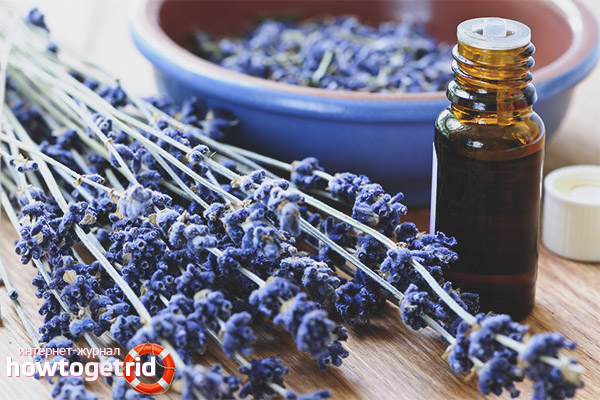
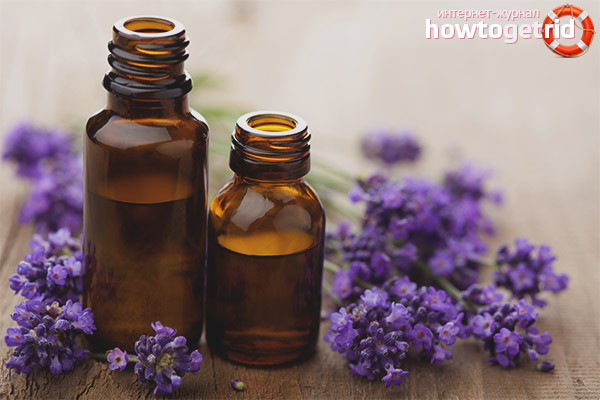


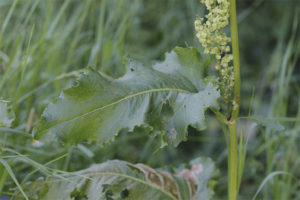
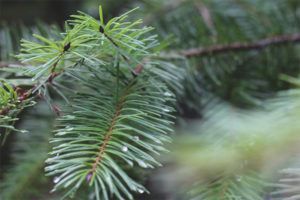
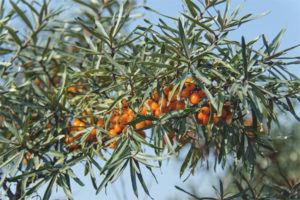

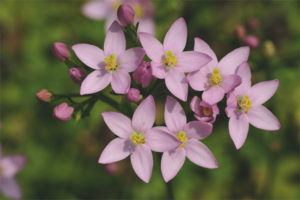
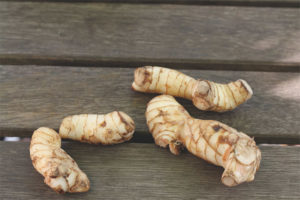
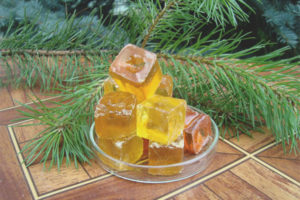
To send